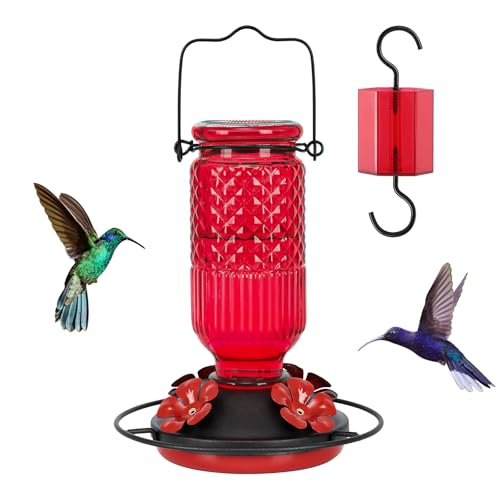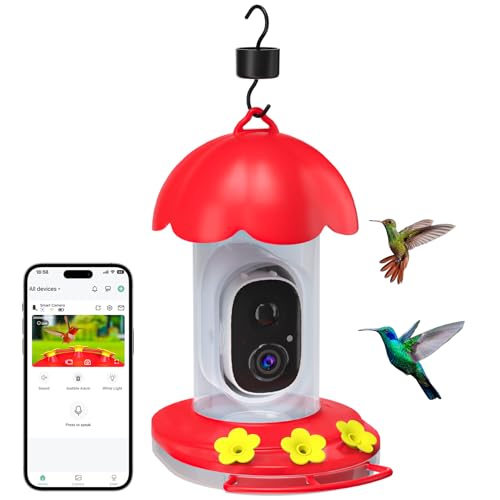Ground covers to attract hummingbirds – switch out boring bare soil for these 5 wildlife magnets
Make your garden a haven for hummingbirds with these nectar-rich picks

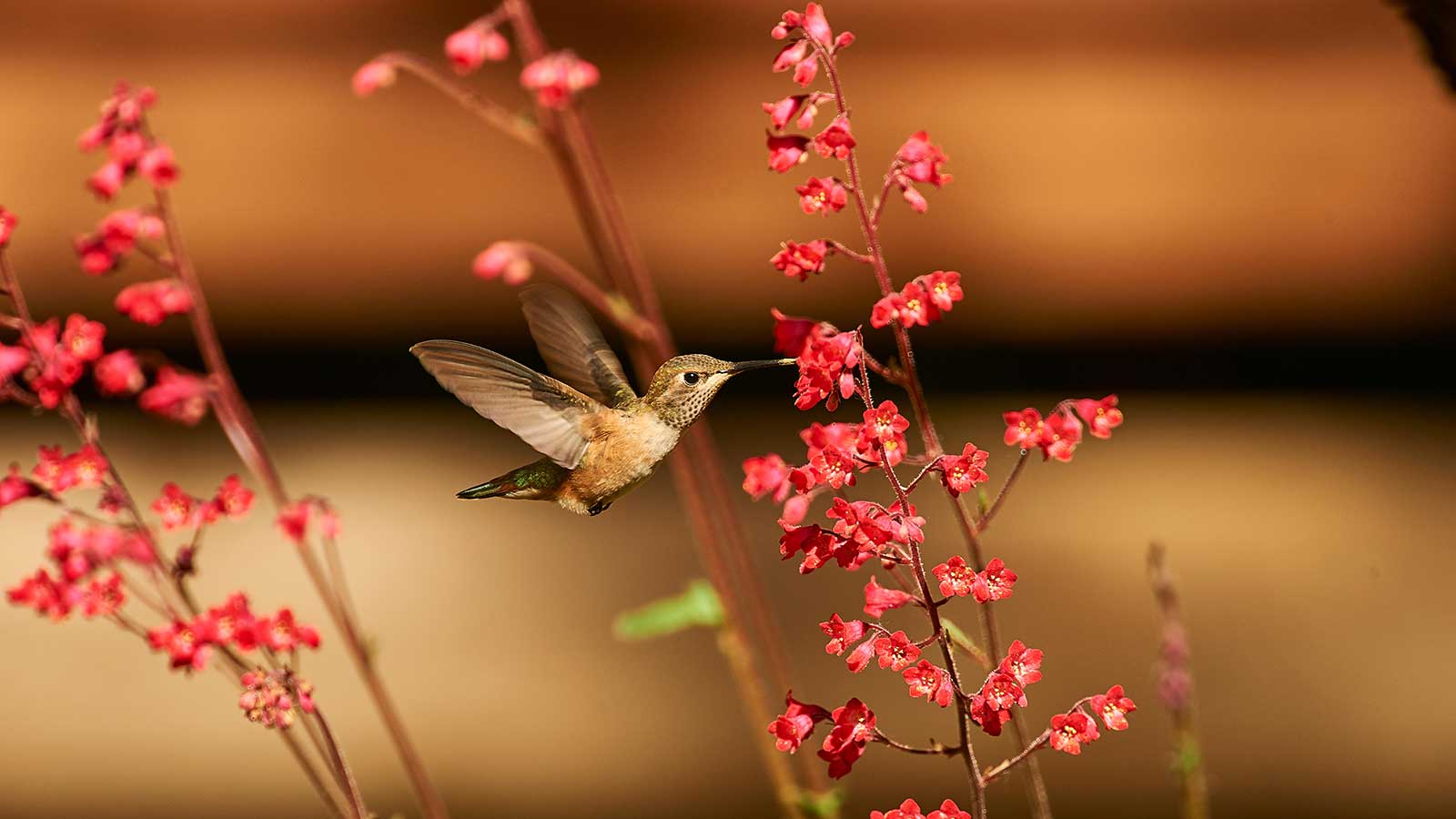
One of the best ways to welcome more hummingbirds to your outdoor space is by growing flowers they'll love. Nectar is a key food source for these colorful creatures, just like it is for butterflies and bees, all of which are important pollinators in our gardens.
There are lots of different plants that will attract hummingbirds to your yard, from penstemons to climbing coral honeysuckle. Suitable ground covers shouldn't be overlooked either, as they're also great for filling in bare gaps and keeping weeds at bay.
Below, you'll find five suggestions for gorgeous ground cover plants that will help turn your garden into a haven for these winged wonders. There are also plenty of maintenance tips from plant professionals, to help you grow them with confidence.
1. Ajuga

An easy-care plant with colorful blooms
Ajuga, sometimes known as carpet bugle, is a good evergreen ground cover for suppressing weeds. Hardy in zones 3-10, its spikes of tube-shaped flowers will attract hummingbirds to your garden.
Chuck Pavlich, director of new product development with Terra Nova Nurseries, says it comes in many forms and leaf colors. 'An especially nice cultivar is ajuga "Blueberry Muffin", a tight, mounding form that does not get out of hand and has an amazing floral display in the spring.
'Ajuga is so simple in its needs,' he continues; 'Just sunlight or shade, some water, and an annual feeding of a slow-release fertilizer of your choice.'
Note that ajuga is regarded an invasive plant in some areas of the US, so best to check before you add it to your backyard.
Design expertise in your inbox – from inspiring decorating ideas and beautiful celebrity homes to practical gardening advice and shopping round-ups.

Educated at Washington State University, Chuck Pavlich has worked in the retail nursery business for 30 years. Chuck brings his passion for plants to Terra Nova®. As the director of new product development, he is responsible for new ideas for the breeders as well as overseeing the breeding process and shepherding new products to the world perennial market.
2. Prairie phlox
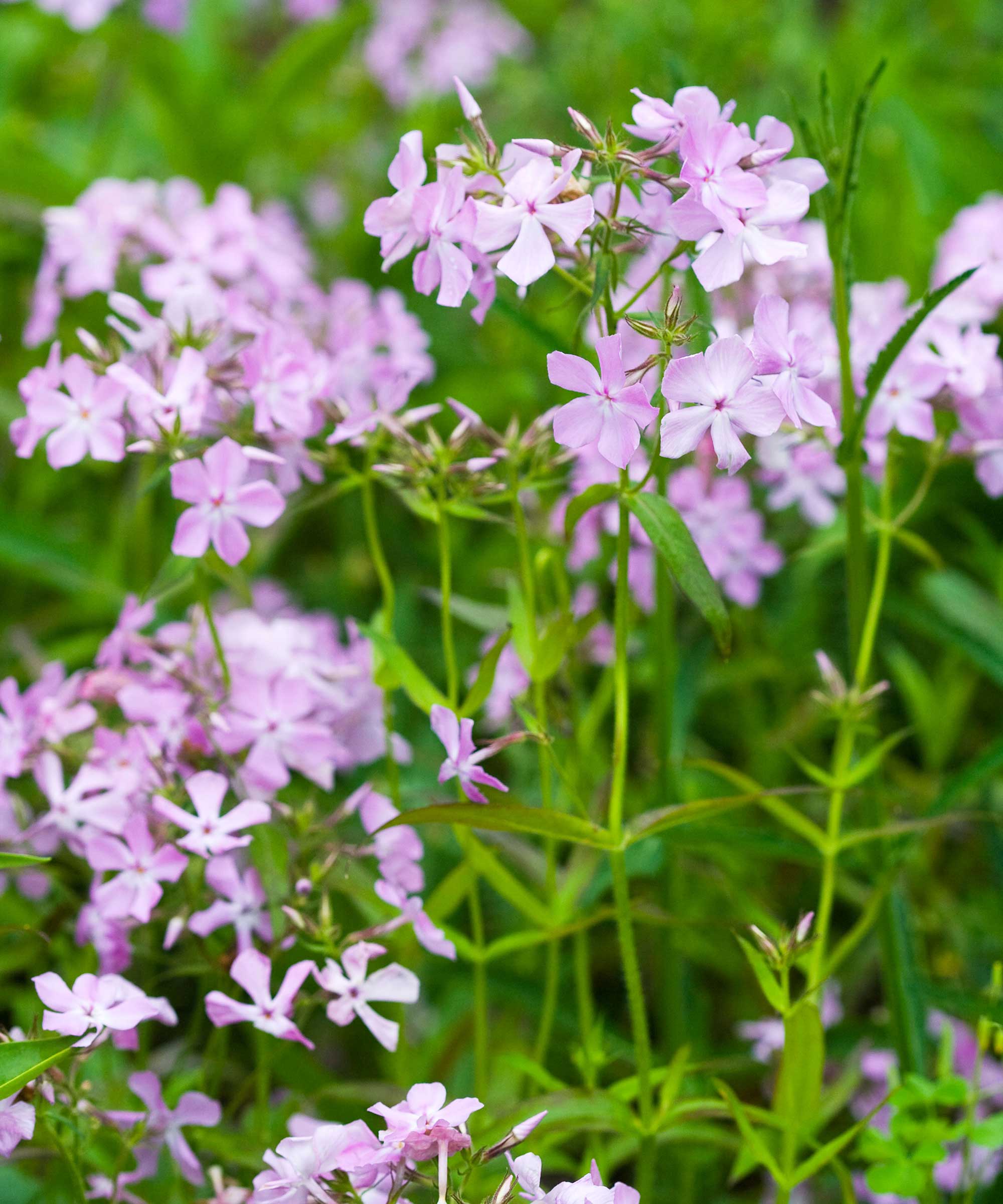
Phlox pilosa flowers have a delicate fragrance
Tess Renusch of the National Wildlife Federation recommends prairie phlox (Phlox pilosa) for our list, explaining that the long, tubular flowers in bright shades attract hummingbirds. It blooms in April to July, she says, providing nectar in spring during migration, and in summer when other nectar sources may be beginning to fade.
Hardy in zones 4-9, this plant is evergreen in warmer regions and semi-evergreen in cooler regions. It's also a larval host plant for the phlox moth, she adds.
Tess recommends planting it in full sun to part shade, noting that it's tolerant of most soil types and drought-tolerant once established. It can be pruned by one-third after blooming, she notes.

Tess's work as a nature educator has helped to connect people to nature right outside their door and realize the positive impact of planting native. She is an advocate for gardening for wildlife in spaces both big and small.
3. Wild petunia

This pretty plant has a long flowering period
Tess says the vibrant purple blooms of wild petunia (Ruellia humilis) are highly visible to hummingbirds, and notes how they're the ideal shape for these creatures, too. They flower from May to October, 'providing vital nectar during fall migration.'
There's another reason why wild petunia should be on your list for a wildlife-friendly garden. As Tess points out, it's also a larval host plant to several species of butterflies, including the common buckeye.
It's hardy in zones 4-8, tolerant of most soil types as long as they are well-drained, and requires full sun to part shade, Tess says. It's drought- and heat-tolerant, as well as disease-, pest-, and deer-resistant – perfect if you're looking for something low-maintenance.
Note that while wild petunia is a native plant in some areas of the US, in others (such as Florida), it can be considered invasive.
4. Heuchera
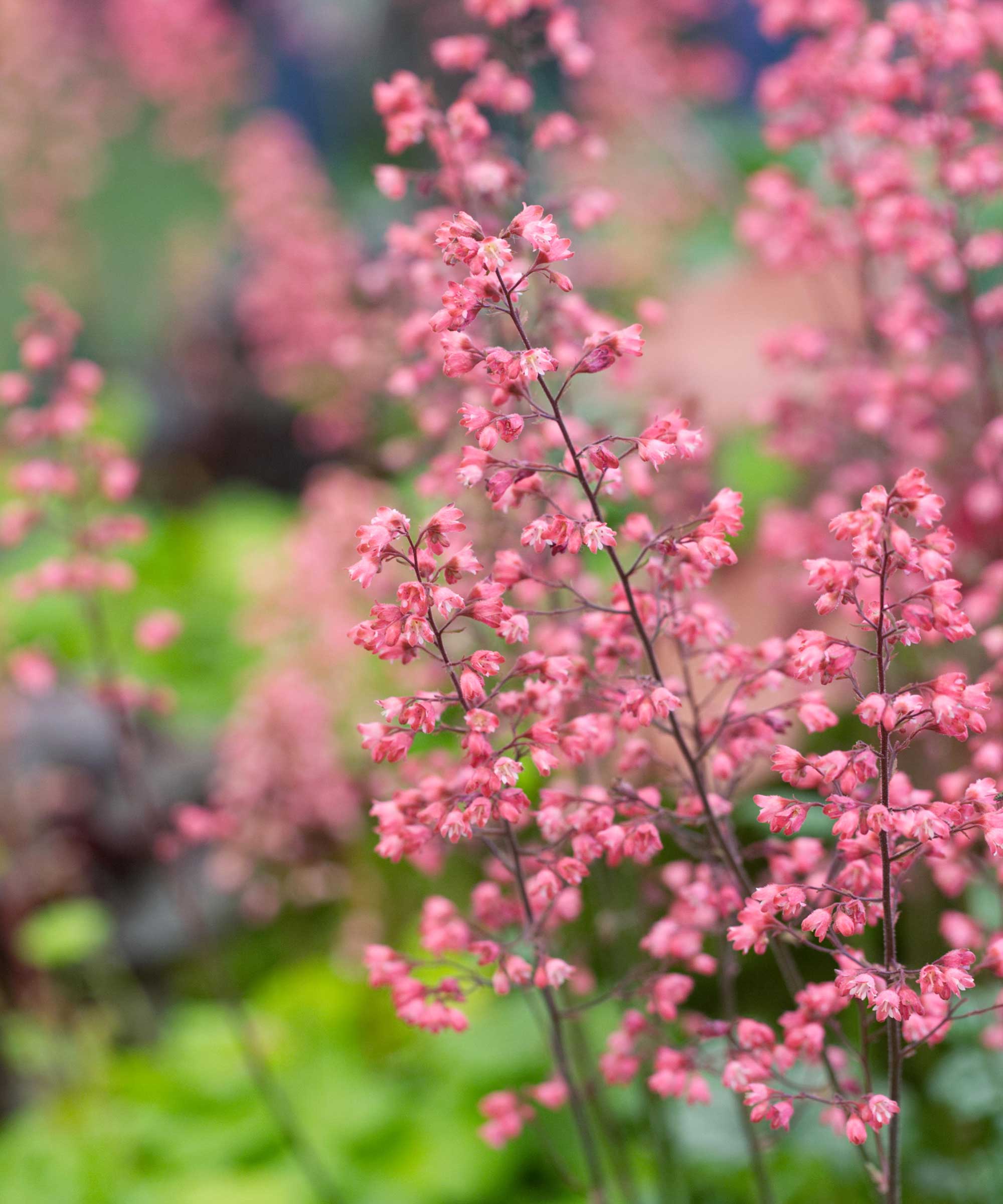
The 'Paris' variety
Heucheras are cherished for their vibrant foliage and tolerance for partially shaded spots. Chuck particularly recommends the 'Paris' variety for attracting hummingbirds, highlighting its fabulous floral display that lasts for months.
If planted closely enough, heuchera can be a very colorful ground cover, he says. '"Paris" has silver and green foliage and bundles of stems that hold hot pink, bell-shaped flowers that last a very long time in the garden or in a vase – yes, "Paris" is a great cut flower!'
He recommends feeding it in the spring with a slow-release fertilizer. Heucheras, also known as coral bells, also benefit from a layer of mulch in the fall to protect them from winter chills.
5. Pulmonaria
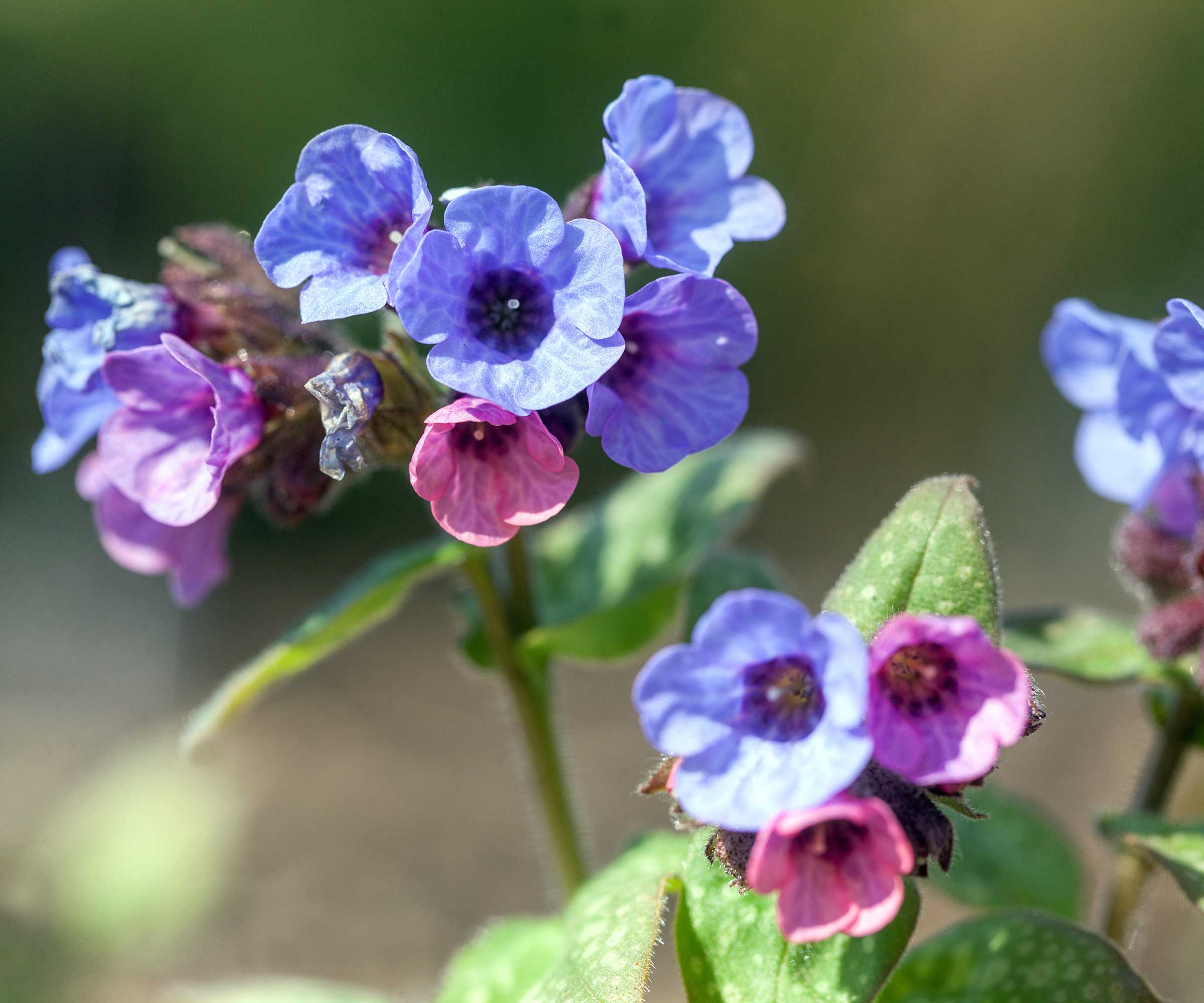
Bring vibrant blooms to a shaded spot
Pulmonaria is another great shade plant to attract these beautiful birds and works well as a ground cover. Chuck suggests the 'Nova® Cobalt’ variety, calling it 'a hummingbird’s dream, with hundreds of striking blue funnel-shaped flowers'. It blooms early in the year, when not much is available for hummingbirds to forage, he adds.
What's more, the deep pine-green foliage is slug- and deer-resistant, Chuck points out. 'The extra thick, hairy foliage guards against all kinds of pests, whether four-legged or no-legged!' He recommends giving it a spring feed, and a late winter clean-up of unsightly foliage.
For the latter, you'll need a good pair of sharp pruning shears – these bypass ones from Fiskars, available at Amazon, are a popular pick.
FAQs
What makes good planting companions for ground covers that attract hummingbirds?
'Combinations of ground covers keep the garden "carpet" interesting with multiple bloom times and different peaks of interest,' says Chuck. For instance, he says heuchera 'Paris' and ajuga 'Blueberry Muffin' are a tremendous duo of color, form, and function.
For further back in the border, you could consider some taller flowers that attract hummingbirds – we've listed plenty in our guide. Of course, always be mindful to plant things together that have similar growing requirements, to ensure everything thrives.
Are ground cover plants suitable for pots?
Yes, many ground cover plants work well in pots. This means, even if you have a compact garden with no flowerbeds or borders, you can still try to attract hummingbirds and other pollinators to your space.
For more small-space ideas, take a look at our guide on creating a mini meadow in a pot.
If you're looking for more planting picks to welcome hummingbirds, there are some excellent climbing plants and perennials to consider. If you have the space, you may want to plant some trees that attract hummingbirds, too.
And, to give them an extra helping hand, why not supply them with some homemade hummingbird food in a feeder? Just be sure to avoid making the common hummingbird feeder mistakes.
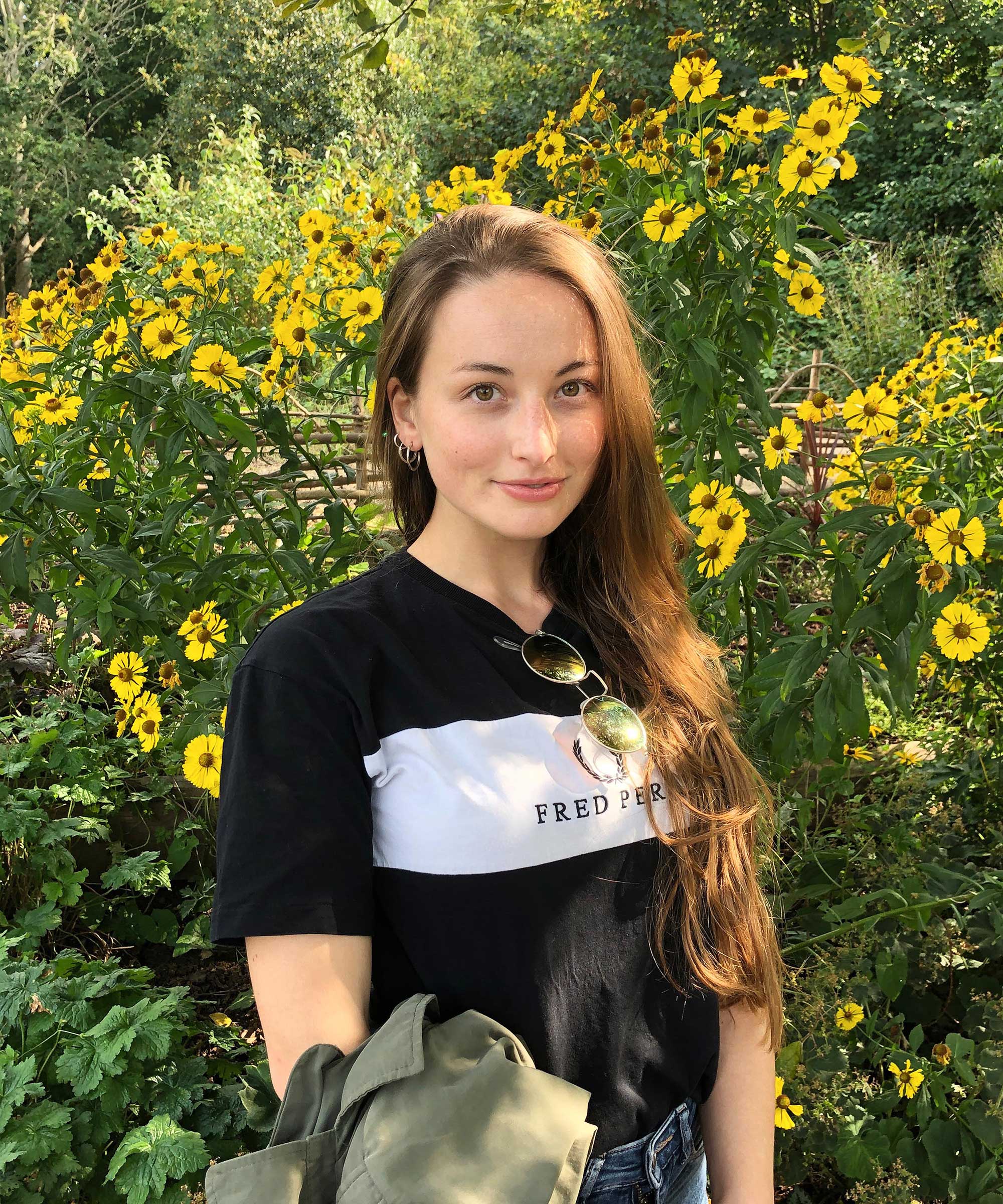
Holly started writing about gardening five years ago, and she is a regular contributor to Homes & Gardens. She has also written many gardening features for Woman & Home and Real Homes, too. She has previous experience as a professional gardener, where she helped to plant and maintain private gardens. Holly has also looked after allotment plots over the years and loves to grow her own flowers and veggies from seed. In her spare time, she enjoys visiting local gardens, botanical drawing, and tending to her ever-growing collection of houseplants.
